Throughout history, animals have been vectors for diseases that significantly impact human health.
These animals, often carrying pathogens unknowingly, can transmit illnesses through direct contact, bites, or even proximity.
Many of these diseases are zoonotic, meaning they can jump from animals to humans, sometimes with dire consequences.
Understanding these animals and their potential to spread diseases is crucial in preventing outbreaks and safeguarding public health.
In this article, we explore 15 animals known for spreading dangerous diseases to humans.
Mosquito
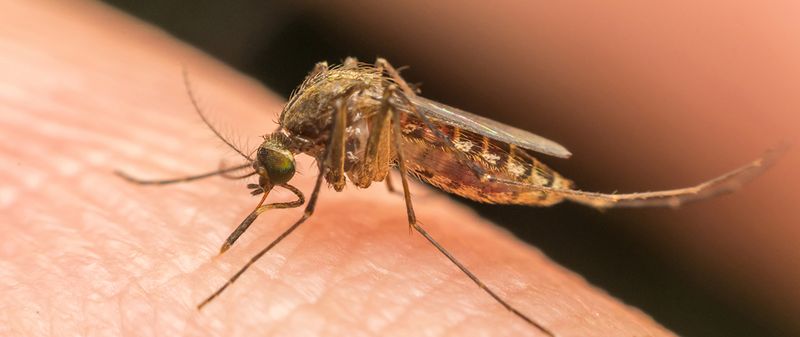
With their tiny stature, mosquitoes are among the deadliest creatures on the planet. These small insects are vectors for a range of diseases such as malaria, dengue fever, and Zika virus. Malaria alone claims hundreds of thousands of lives annually, predominantly in tropical regions.
Their ability to breed in stagnant water and their attraction to human hosts make them formidable adversaries. Only female mosquitoes bite, seeking blood to nourish their eggs. Their persistent buzzing is a familiar nuisance, signaling the potential for disease transmission.
Efforts to control mosquito populations focus on disrupting their breeding habitats.
Bat
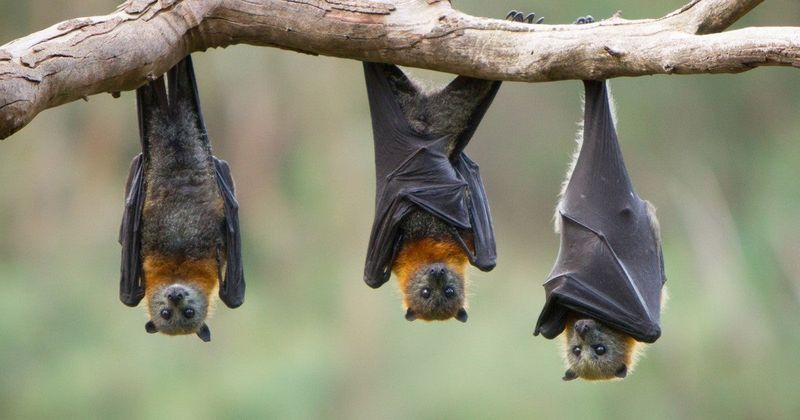
Bats, often misunderstood creatures of the night, play a role in spreading diseases such as rabies and Ebola. Their unique physiology allows them to harbor viruses without succumbing to them, making them potent vectors.
These nocturnal mammals can carry pathogens that jump to humans, especially in regions where humans encroach on their habitats. Rabies transmission occurs through bites, while other diseases may spread through saliva or droppings.
Bats’ importance in ecosystems as pollinators and insect controllers contrasts their role as disease carriers, highlighting a delicate balance between nature and health.
Rat

The common rat, a resilient urban dweller, is infamous for spreading diseases like the bubonic plague and leptospirosis. Their adaptability to various environments makes them prominent carriers.
Rats can transmit diseases through bites, droppings, and fleas that jump from rats to humans. The plague, historically devastating, was transmitted by fleas carried by rats, leading to catastrophic epidemics.
Efforts to control rat populations focus on sanitation and pest management, aiming to reduce human exposure to these disease vectors.
Tick
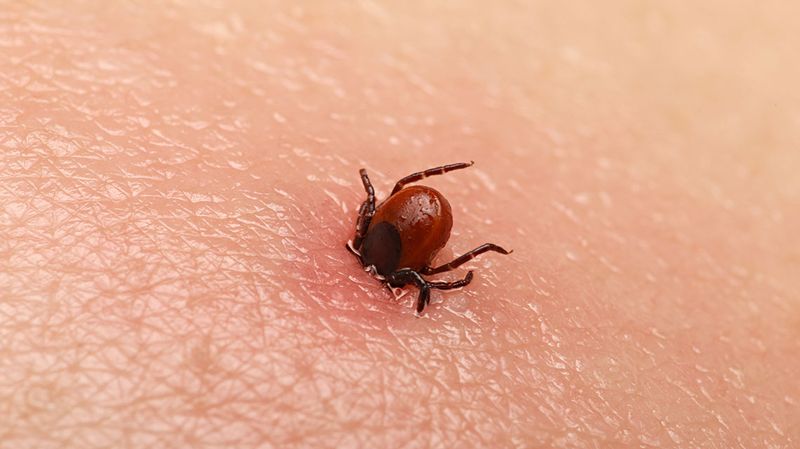
Ticks, though small, have a significant impact on human health, spreading diseases such as Lyme disease and Rocky Mountain spotted fever. Their bites are often painless, allowing them to go unnoticed for extended periods.
Found in grassy and wooded areas, ticks latch onto hosts, humans and animals alike, for blood meals. Lyme disease, caused by bacteria transmitted through tick bites, can lead to chronic health issues if untreated.
Preventative measures include protective clothing and tick checks after outdoor activities, crucial in reducing tick-borne disease risks.
Flea

Fleas, known for their incredible jumping ability, are tiny insects with a notorious reputation for spreading diseases like the plague. These parasites thrive on the blood of mammals and birds.
Historically, flea bites facilitated the transmission of the bubonic plague, causing widespread pandemics. They also spread tapeworms and other pathogens, making them significant health concerns.
Control measures involve treating pets and infested areas to break the flea life cycle, protecting both humans and animals from potential disease transmission.
Dog

Man’s best friend, the domestic dog, can sometimes be a vector for diseases such as rabies. Rabies, a viral disease affecting the central nervous system, is often transmitted through dog bites.
While vaccination has reduced its prevalence, rabies remains a threat in areas with large stray dog populations. Responsible pet ownership and vaccination programs are key in controlling this disease.
Despite their role in disease transmission, dogs provide companionship and support, demonstrating the complex relationship between humans and animals.
Pig
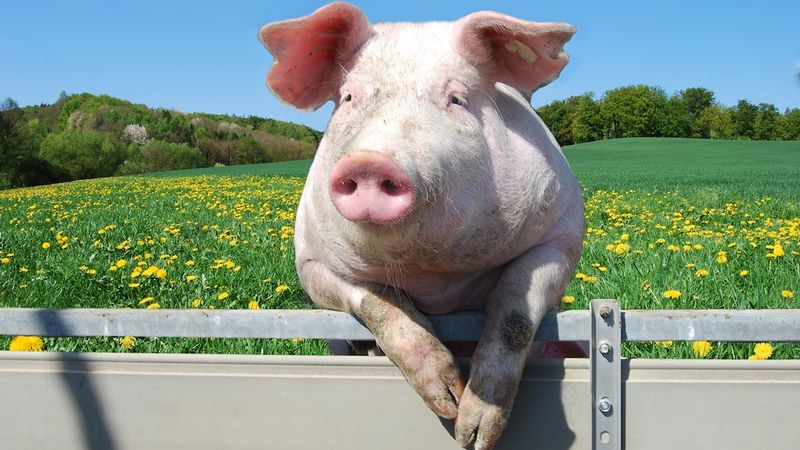
Pigs, intelligent and social farm animals, are associated with diseases like influenza and trichinosis. The close living quarters of farmed pigs can facilitate the spread of viruses, particularly swine flu.
Trichinosis, caused by parasitic worms, can be transmitted to humans through undercooked pork. Hygiene and proper cooking practices are essential to prevent transmission.
Pigs’ role in agriculture highlights the need for biosecurity measures to manage their health and prevent zoonotic diseases from affecting humans.
Monkey
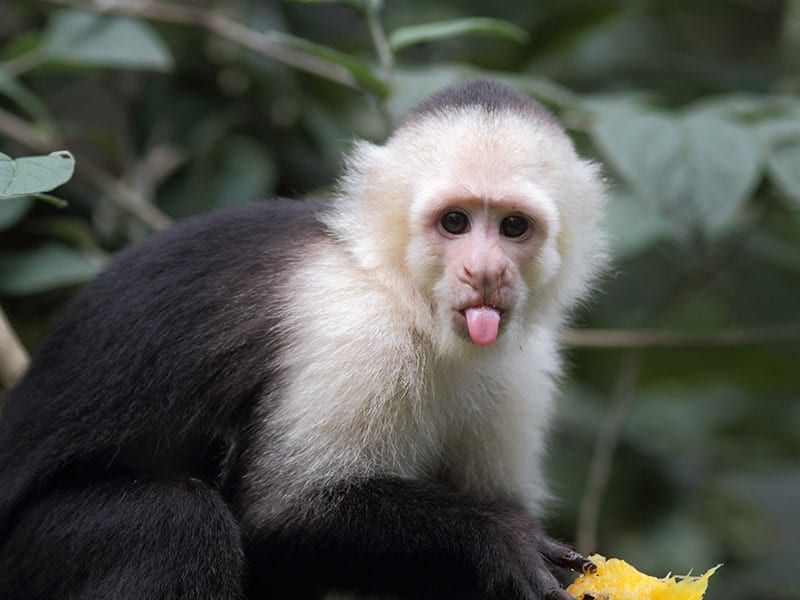
Monkeys, our close genetic relatives, can transmit diseases like HIV and herpes B. These primates are often studied for insights into human health but also present infection risks.
Transmission can occur through bites, scratches, or contact with bodily fluids. The simian immunodeficiency virus, a precursor to HIV, illustrates the complex interplay of viruses between species.
Understanding primate diseases aids in preventing zoonotic outbreaks, highlighting the connection between wildlife conservation and public health.
Snail

Snails, though seemingly harmless, are involved in spreading schistosomiasis, a parasitic disease prevalent in tropical regions. The disease, caused by parasitic worms, affects millions worldwide.
The parasite’s lifecycle involves snails as intermediate hosts, releasing larval forms into freshwater where they can infect humans. Contact with contaminated water leads to transmission.
Efforts to control schistosomiasis focus on sanitation, snail control, and public health education, reducing the burden of this waterborne disease.
Bird
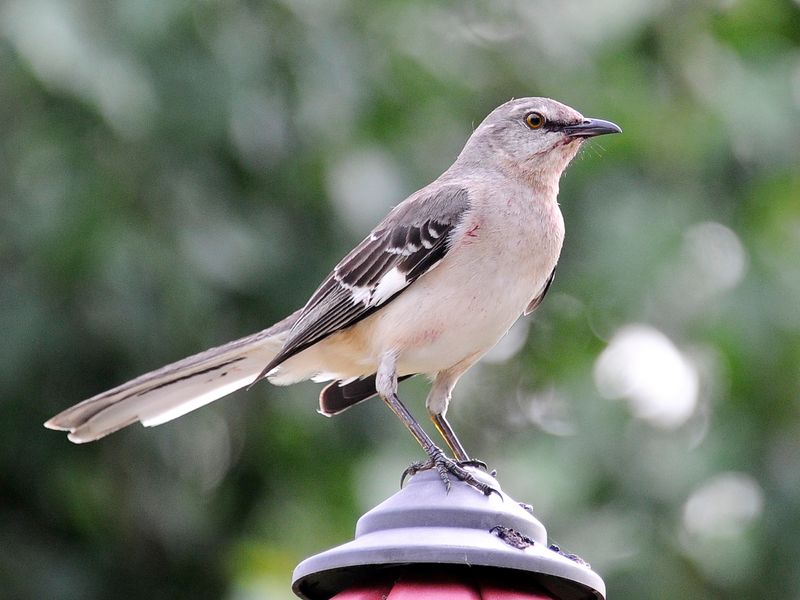
Birds, with their migratory patterns, can spread diseases like avian influenza and West Nile virus. Their ability to travel long distances facilitates the wide dissemination of pathogens.
Avian influenza, or bird flu, poses significant risks to poultry industries and human health. The virus can jump from birds to humans, leading to severe respiratory illness.
Monitoring and controlling bird populations, alongside vaccination and biosecurity, are crucial in preventing avian disease outbreaks.
Cat

Cats, beloved for their independence, can carry diseases like toxoplasmosis. This parasitic infection is transmitted through cat feces, posing risks to pregnant women and those with weakened immune systems.
Toxoplasmosis can lead to severe complications, including congenital disabilities if contracted during pregnancy. Proper hygiene and regular veterinary care for cats help reduce transmission risks.
Despite this, cats remain popular pets, cherished for their companionship and enigmatic personalities.
Camel
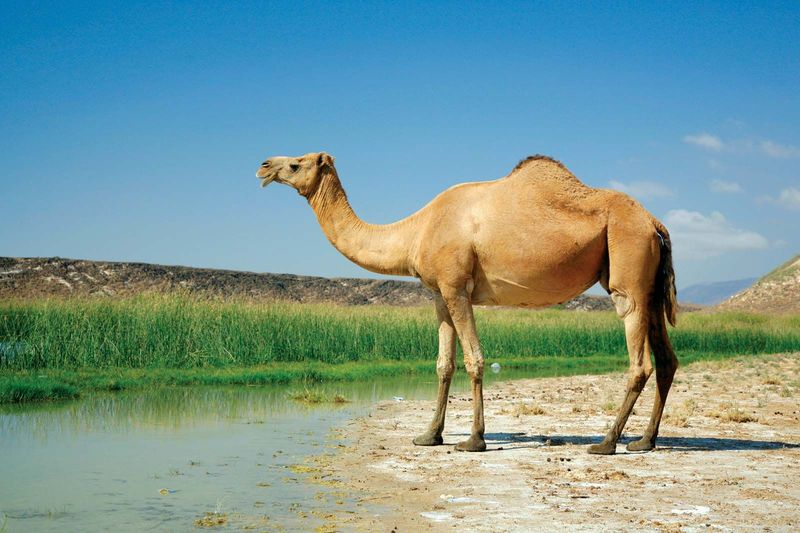
Camels, iconic symbols of desert landscapes, are linked to the spread of Middle Eastern Respiratory Syndrome (MERS). This viral respiratory illness can be transmitted from camels to humans.
Close contact with camels or consumption of raw camel products can facilitate transmission, leading to severe respiratory symptoms in humans. MERS outbreaks emphasize the need for vigilance in regions where camels are prevalent.
Understanding camel health and improving hygiene practices helps mitigate the risk of MERS transmission.
Deer

Deer, graceful inhabitants of forests, play a role in spreading Lyme disease. While deer themselves do not transmit the disease, they host ticks that carry the Lyme-causing bacteria.
As ticks feed on deer blood, they become vectors for the bacteria, posing a risk to humans who venture into tick-infested areas. Preventative measures against tick bites are essential.
The relationship between deer, ticks, and Lyme disease underscores the interconnectedness of ecosystems and health.
Chicken

Chickens, a staple in agriculture, can transmit diseases like campylobacteriosis and avian influenza. These illnesses can spread through undercooked poultry or contact with infected birds.
Campylobacter is a leading cause of bacterial food poisoning, emphasizing the importance of food safety and hygiene in poultry farming. Avian influenza poses risks to both poultry and human health.
Biosecurity measures and proper cooking practices are critical in minimizing the risks associated with chicken-related diseases.
Sheep

Sheep, with their fluffy coats and pastoral presence, can spread diseases like Q fever. This bacterial infection affects both livestock and humans, transmitted through inhalation of contaminated particles.
Q fever can cause flu-like symptoms and serious complications if untreated. Those working closely with livestock are at higher risk of exposure.
Understanding and managing livestock health is vital in controlling zoonotic diseases, ensuring the safety of agricultural communities.

